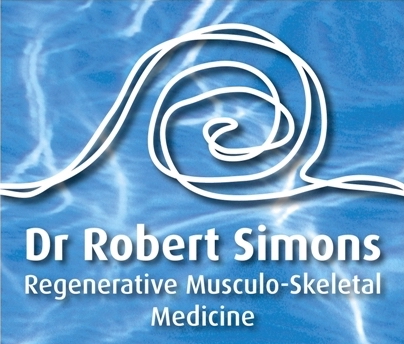Therapies for Athletes
In athletes, injury to tendon, ligament, muscle, bone and cartilage is conventionally treated with rest/splinting,rehabilitation exercise, anti-inflammatory drugs (NSAIDS), and surgery where indicated.
To increase the speed and depth of tissue repair, there is an emerging science of therapies that use patient-own tissues to accelerate and intensify the healing process of injury and post-surgical tissue repair.
These therapies are used to magnify physiological (normal biology) healing mechanisms.
Autologous (patients’ own live tissue) therapies are the subject of research with promising results, and include but are not limited to platelet rich plasma.
By delivering a concentration of these reparative cells and messengers to the site of injury, repair and recovery are augmented.
That means getting back to rehabilitation, training and playing faster.
Platelet Rich Plasma (PRP)
PRP is a concentrate of platelets from the circulating blood. Platelets can be harvested by taking blood, and then it is processed with sophisticated technology, separated, and concentrated from the whole blood.
Platelets are the cells that arrive first to the site of injury as soon as capillaries have been broken. They are the component of blood that initiates clotting around the injury site, they concentrate in the area, influence healing of the tissue by the release of a vast array of peptides called growth factors.
The growth factor peptides switch on genes that drive tissue repair and differentiation (refinement).
This is the most commonly used therapy because it is relatively easy, quick and cost effective.
PRP can assist healing of injuries such as:
- Tendon tears, for example: rotator cuff tear;
- Tendonopathies such as: tennis elbow; golfers elbow; and achilles tendonopathy;
- Ligament stretching and tears such as: sacro-iliac joint pain; low back pain; neck pain; headaches; knee collateral ligaments; wrist pain; and finger injury pain;
- Joint cartilage damage; and
- Post-surgical.
Treatment is administered once, twice or sometimes three times at monthly intervals as dictated by the extent of ongoing healing required by the injury.
Read about PRP in the detailed brochure on the subject.
Which one is for me?
By history taking, clinical examination and radiological studies, a good understanding and assessment of the orthopaedic issues in the injured athlete is made by the medical team. With this understanding, the most appropriate treatment can be decided upon in a discussion with the patient/athlete.
Along with these therapies, an integrated approach to recovery is required – appropriate rehab, training and surgery, if required.
